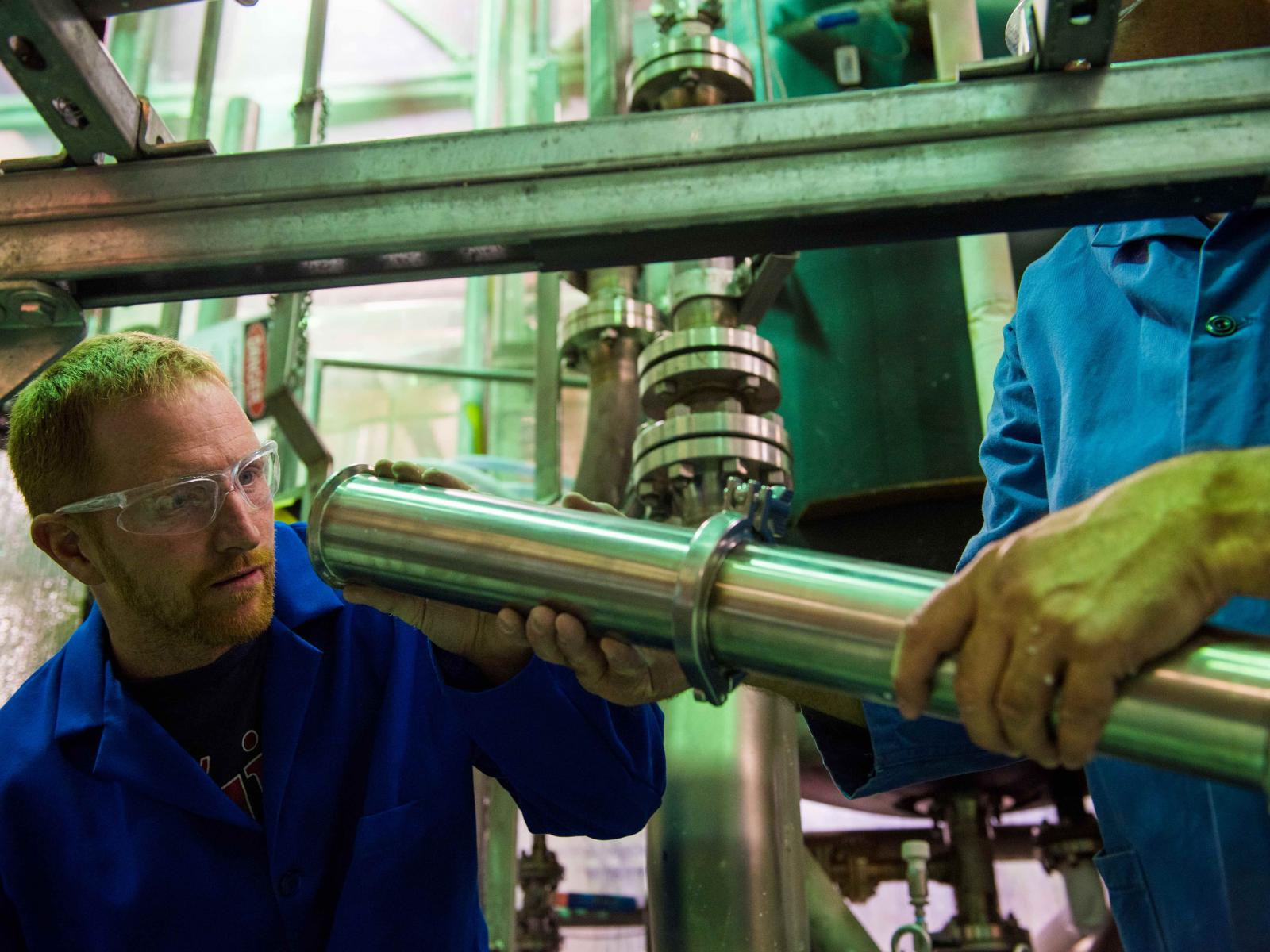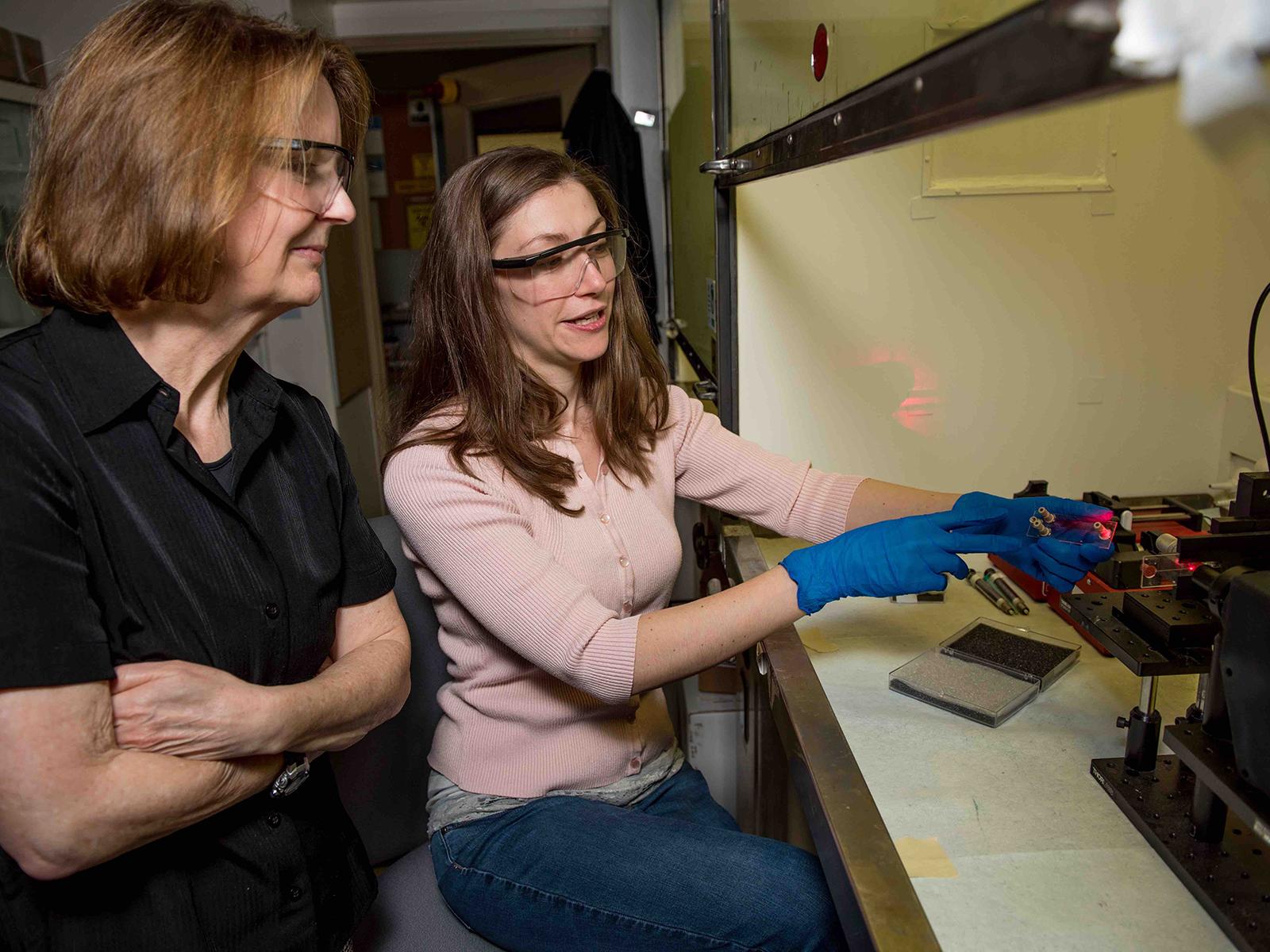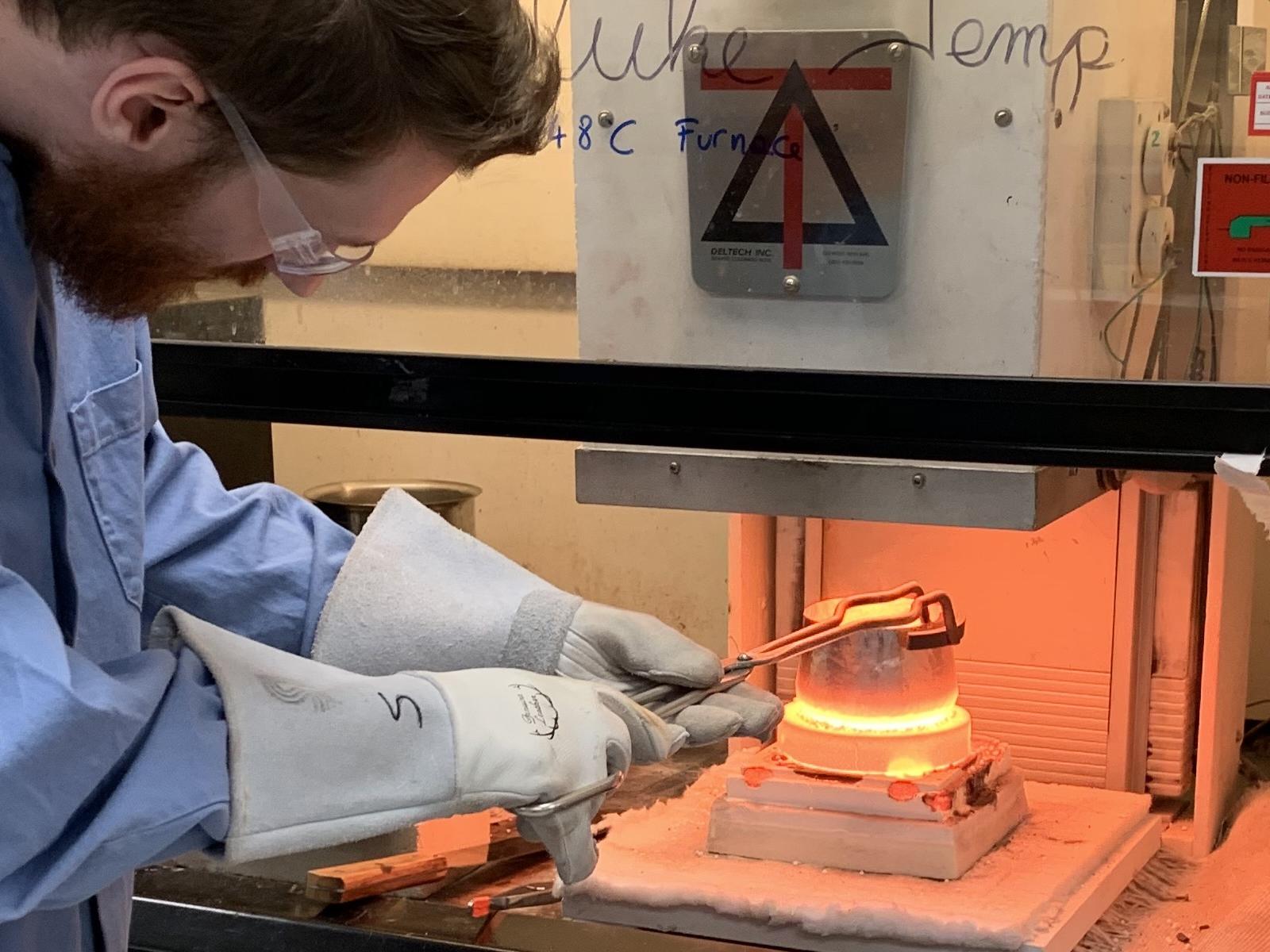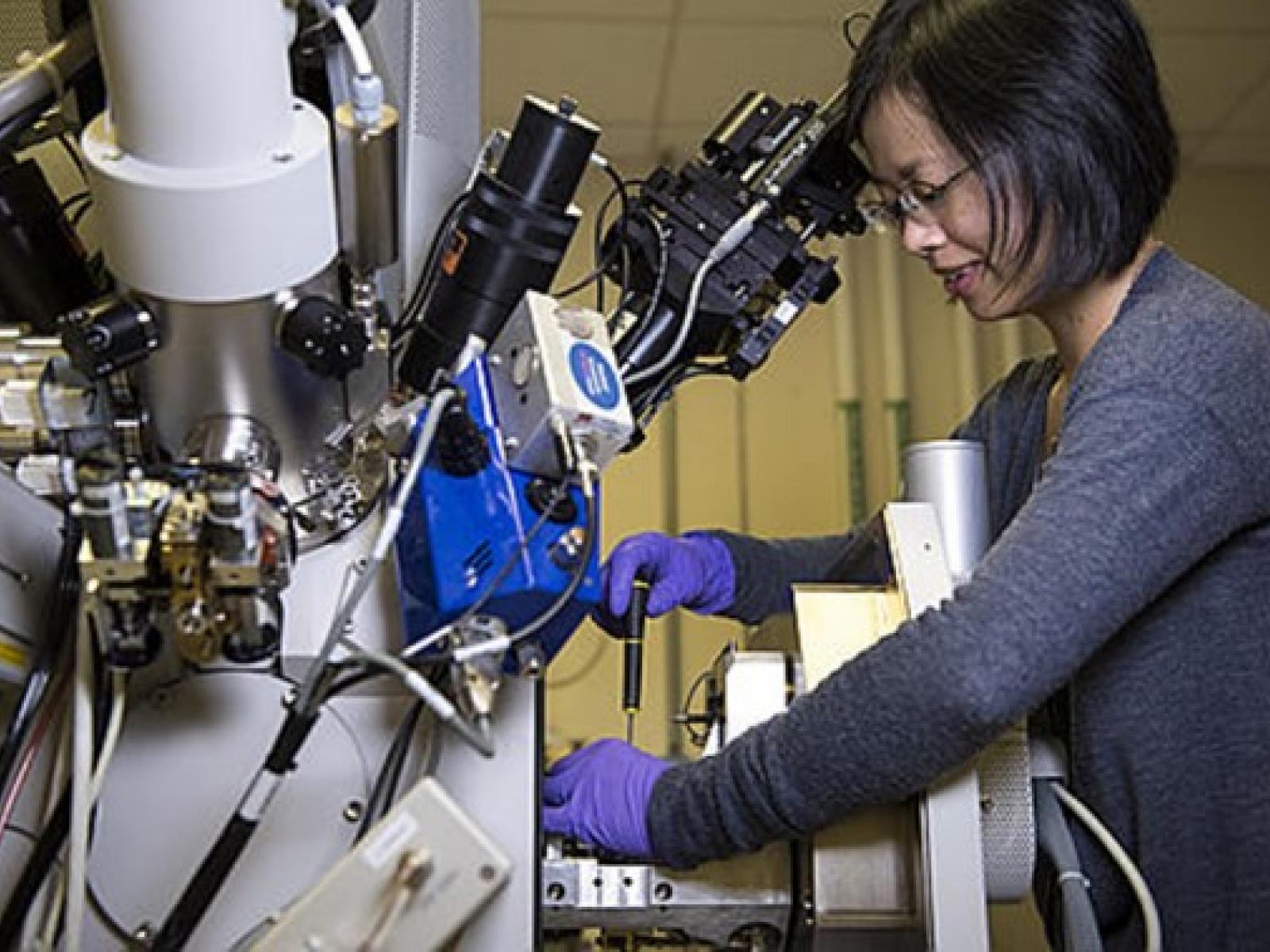Nuclear Sciences Division
Nuclear Sciences Division
Experimental and Computational Engineering
We explore and deliver engineered solutions based on multi-disciplinary expert analysis, experimentation, and computation. Our science and engineering capabilities address challenges involving multi-phase fluid dynamics, structural and safety analysis, heat transport, nuclear radiation modeling, and reactive transport from small- to full-scale. Modeling expertise in finite element analysis and computational fluid dynamics, combined with advanced manufacturing techniques, help us rapidly explore engineering solutions to “real-world” scientific problems. Our clients include government, commercial, and regulatory entities within the nuclear power, nuclear waste treatment, and radioactive material packaging, and alternative energy industries.

Nuclear Chemistry and Engineering
Our work supports legacy waste cleanup and long-term storage, river corridor protection, the beneficial use of nuclear materials, the full life cycle of nuclear fuel, national security missions, and nuclear energy production. Through fundamental radiochemical science and strong academic collaborations, we are fostering a renewed national focus on radiochemistry and irradiated materials research in several areas including, nuclear nonproliferation, environmental cleanup and protection, advanced nuclear energy, and the beneficial use of isotopes for medicine and industry. Our technical capabilities include radiochemical process engineering, irradiated materials characterization, dosimetry and radiation effects, and radiochemical separations and conversions—all supported by a full-service, in-house laboratory that provides a comprehensive suite of analytical instrumentation that support research in process modeling and online monitoring, colloidal dispersion science, and surface science. We maintain stewardship for the Radiochemical Processing Laboratory, one of the few remaining multipurpose Hazard Category II nuclear facilities in the U.S. Department of Energy complex focused on research and development, plus the highly-calibrated neutron and gamma irradiation capabilities in the 318 Building.

Radiological Materials
Our researchers integrate engineering and materials science to develop and demonstrate novel materials and innovative processes. We aim to increase the nation's energy independence by supporting the nuclear energy sector, to protect human health and the environment from legacy waste, and to secure the nation's nuclear stockpile. Our work includes advanced waste-form development, waste vitrification and immobilization, glass and materials science and fabrication, cementitious material development and characterization, process engineering and development, and off-gas capture and immobilization in support of the nuclear fuel cycle. We have a special focus on molten salt reactor chemistry promoting scientific and management strategies for Gen IV molten salt reactor systems.

Reactor Materials
We advance fundamental materials science and provide the scientific basis for fission and fusion reactor materials development, nuclear fuel materials performance, light water reactor life extension, safe storage of spent fuel, and design of materials and systems for extreme operating conditions. We specialize in post-irradiation examination, mechanical testing, stress corrosion cracking, materials characterization through electron microscopy and atom probe tomography, multi-scale modeling, data analytics, nondestructive examination, materials development for off-gas capture, sensors, and systems design. Our group has more than 40 highly qualified and experienced staff, including internationally recognized scientists and fellows of professional societies.
